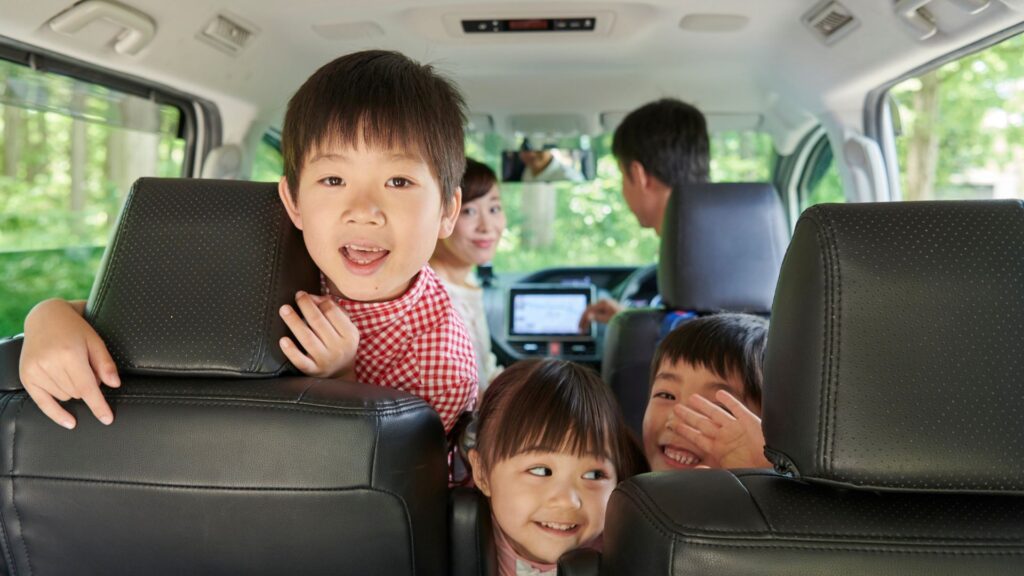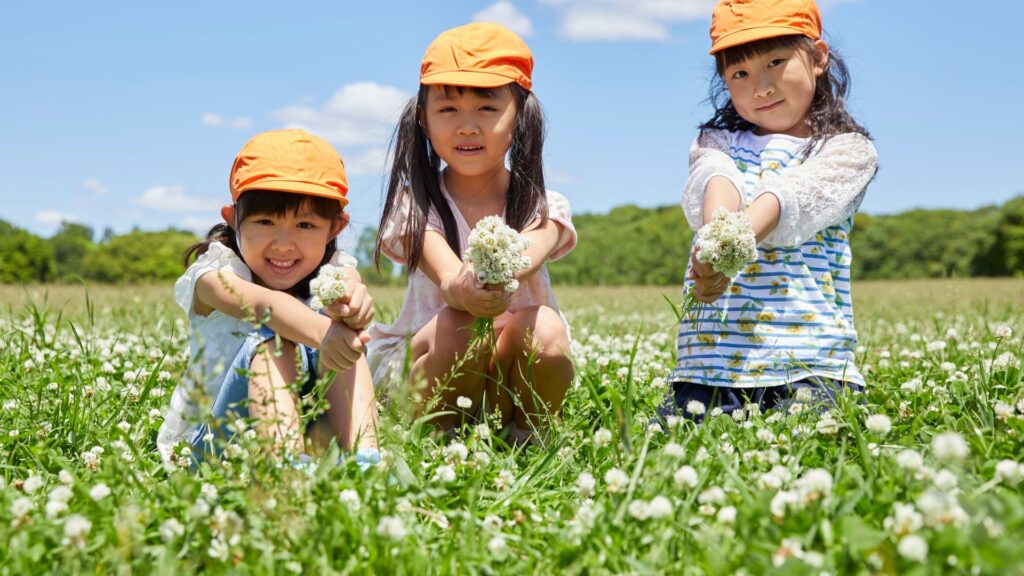
Acknowledgement for field trip report for Kindergarten, many teachers and parents are surprised at how meaningful these sections can be. They may seem like a small part of the report, but in reality, acknowledgements are a way of giving thanks, highlighting cooperation, and showing that education is never a solo journey.
In fact, research in child development emphasizes that field trips are not just fun days out; they create long-lasting learning experiences. Compared to classroom-only learning, children exposed to field trips demonstrate stronger memory recall, greater social skills, and better adaptability. This makes the acknowledgement for field trip report for Kindergarten not only a formality but also a reflection of gratitude for the people and institutions that make such experiences possible.
Why acknowledgements matter more than you think
Think back to your own early school years. Perhaps you remember visiting a zoo, a science museum, or even a local farm. The lessons learned outside the classroom often stick longer than worksheets and tests. Writing an acknowledgement for field trip report for Kindergarten is a way to recognize this truth that education thrives on collaboration between schools, teachers, parents, and communities.
Acknowledgements provide several important functions:
- They thank the people who helped organize and support the trip.
- They highlight teamwork, reinforcing values children are just beginning to learn.
- They document partnerships between the school and external organizations like museums or cultural centers.
So while a trip might end in a day, the report and its acknowledgement help preserve the memory for families and educators alike.
Who should be included in an acknowledgement section?
When you’re drafting an acknowledgement for field trip report for Kindergarten, the big question often is: Who exactly do we thank?
Here are the common groups and individuals worth mentioning:
- School administration – Principals, coordinators, or department heads who approved the activity.
- Teachers and assistants – They planned lessons, supervised children, and connected the trip to learning goals.
- Parents and guardians – Many volunteered their time, drove vans, or provided snacks.
- The children themselves – Acknowledging their curiosity and enthusiasm creates a warm touch.
- Partner organizations – Museums, libraries, nature parks, or cultural sites that hosted the trip.
- Community supporters – Sometimes local businesses or government units contribute resources.
By including these groups, the acknowledgement for field trip report for Kindergarten becomes a holistic note of gratitude, showing every hand that made the trip possible.
The tone: keeping it sincere and age-appropriate
A Kindergarten trip is different from a high school field study. This means the acknowledgement should be simple, heartfelt, and age-sensitive. Avoid overly technical language. Instead, choose words that reflect warmth and sincerity.
For example:
- “We sincerely thank our school principal for approving this trip that allowed our young learners to explore outside the classroom.”
- “Our deepest gratitude to the parents who joined us and ensured the children’s safety and joy throughout the day.”
Such wording makes the acknowledgement for field trip report for Kindergarten resonate with its real audience the school community.
How long should the acknowledgement be?
There’s no strict rule, but the acknowledgement should be concise while covering all contributors. Generally, two to four paragraphs are enough. Anything shorter might feel incomplete, while anything longer may overwhelm the reader.
Remember, the goal of an acknowledgement for field trip report for Kindergarten is not to list every detail but to summarize collective appreciation.
Real examples of acknowledgement writing for Kindergarten trips
Let’s imagine three different field trips: a visit to a zoo, a science museum, and a community farm. Below are short acknowledgement examples you can adapt.
Zoo Trip Example:
We express our heartfelt thanks to our school head for approving the Kindergarten zoo trip. Our gratitude extends to the parents who volunteered and to the zookeepers who guided the children with patience and enthusiasm. Above all, we thank our Kindergarten learners for their curiosity and excitement that made this experience memorable.
Science Museum Example:
We gratefully acknowledge the support of our school principal, teachers, and parents for making the trip to the science museum possible. Special thanks to the museum staff who provided age-appropriate explanations that made complex concepts fun and engaging for our young learners.
Farm Visit Example:
We would like to thank the farm owners who generously hosted our Kindergarten class and allowed the children to experience nature firsthand. Appreciation also goes to the parents who provided snacks and the teachers who prepared guiding questions that made the trip both fun and educational.
These real-world styles demonstrate how to frame an acknowledgement for field trip report for Kindergarten in a warm, clear, and audience-focused way.
Making acknowledgements relatable to the children’s world
One overlooked part of writing an acknowledgement for field trip report for Kindergarten is making sure it doesn’t sound detached from the learners themselves. Children should feel that their excitement and behavior contributed to the success of the trip.
That’s why many teachers now include phrases like:
- “We also thank our Kindergarten students for their endless questions that made the trip lively and meaningful.”
- “The joy and curiosity of our learners were the heart of this trip’s success.”
This way, the acknowledgement doubles as a teaching tool showing children that gratitude is part of shared experiences.
Practical tips for teachers writing acknowledgements
If you’re a teacher preparing an acknowledgement for field trip report for Kindergarten, here are some practical tips:
- Start with the school administration. It shows respect for the institution.
- Use collective terms. For example, “parents and guardians” covers everyone.
- Add a personal touch. A small mention of the children makes the text warmer.
- Keep it short and readable. Imagine parents reading it aloud at home.
- Review for inclusivity. Ensure no important group is left out.
Writing acknowledgements may not be as complex as what is research proposal in academic writing, but it does require careful thought to balance sincerity and clarity.
Do acknowledgements differ across cultures?
Interestingly, acknowledgements aren’t written the same way in every country. In some schools, acknowledgements are very formal, focusing heavily on administrators. In others, especially in community-centered cultures, acknowledgements are more personal, emphasizing the role of parents and students.
When writing an acknowledgement for field trip report for Kindergarten, it’s helpful to consider cultural expectations while still keeping the tone genuine.
Adding creativity: when words go beyond plain text
Some schools are now making acknowledgements more visually appealing. Instead of a plain paragraph at the end of the report, teachers decorate the acknowledgement page with children’s drawings, photos, or handwritten thank-you notes.
In one school, teachers even guided students on how to write acknowledgement in calligraphy, turning it into a mini art project. This not only made the report beautiful but also allowed children to practice creativity while expressing gratitude.
Credibility matters when we say acknowledgements are important. Here are a few reliable resources:
- National Education Association (NEA): Field trips provide experiential learning that builds long-term knowledge retention.
- Journal of Educational Psychology: A 2018 study found that early field trip experiences correlate with higher academic motivation in later years.
- Harvard Graduate School of Education: Gratitude practices in schools strengthen student-teacher relationships and build community trust.
These findings reinforce why the acknowledgement for field trip report for Kindergarten deserves more attention. It’s not filler content it’s a reflection of gratitude grounded in research.
Bringing it all together: why sincerity is the key
When it comes to acknowledgements, sincerity always wins. Parents, teachers, and students don’t expect grand words; they want genuine appreciation.
The best acknowledgement for field trip report for Kindergarten is one that:
- Mentions all key contributors.
- Uses warm, age-appropriate language.
- Feels short but complete.
- Reinforces the value of teamwork in education.
By following these principles, teachers create reports that not only document the trip but also nurture a culture of gratitude.
Final Thoughts

Writing an acknowledgement for field trip report for Kindergarten may seem like a small task, but it carries big meaning. It’s more than a courtesy; it’s a way of honoring every hand that shaped the experience. From the administrators who gave permission, to the parents who provided help, to the curious children who made the trip joyful everyone deserves recognition.
Acknowledgements also show children how gratitude is part of learning. Just as lessons are built on cooperation, so are memories. By keeping acknowledgements sincere, inclusive, and creative, teachers give students and families a complete picture of education as a community effort.
At the end of the day, acknowledgements are not just about reports. They’re about relationships. And that makes them worth writing well.

I’m Ethan Richards, the guy running the show at “Acknowledgment Templates.” I’ve been playing with expressions and formats to make acknowledgment writing a whole lot of fun. Over at Acknowledgment Templates, we’re here to make your acknowledgment section incredible. Let’s add some professionalism and gratitude to your project together!



